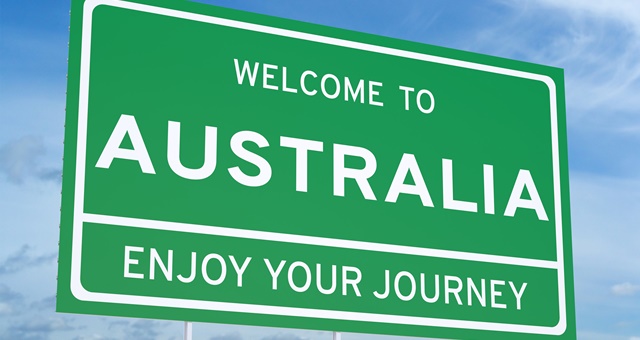
Australia’s accommodation industry recorded a modest 2.9% increase in RevPAR for the financial year ending 30 June 2018, a disappointing result considering across-the-board record levels of international visitors to Australia.
The figures were drawn from new International Visitor Survey data from Tourism Research Australia and the Australian Accommodation Monitor from STR Global. Both studies covered the 2017-18 financial year ending 30 June 2018.
In that period, Australia welcomed 8.4 million international visitors aged 15 years and over – up 6% on the prior corresponding year. While it was still a new record, the number of nights spent in the country posted only modest growth, reaching 270 million, which was up 1% from a year earlier.
Collectively, that visiting cohort pumped $42.5 billion into the national economy. Expanding on the study period to the previous ten years, today’s data showed spend levels from Asia has exploded from $9.8 billion a decade ago to $24.2 billion now. All three other regions studied – Europe, US/Canada/NZ and Other Countries – all grew, but at more modest and in some cases miniscule levels.
Surprises in state RevPAR movement
Nationwide RevPAR also showed encouraging signs. The leading state and territory was the Northern Territory, which saw a 7.3% leap in revenue owing to the industrial sector and final construction phases of major gas projects. Queensland and South Australia also performed well in RevPAR circles, closing out the year with 5.8% and 5.7% spikes respectively. The only state to record a decline was Western Australia at -3.1% largely due to a nervous sector still managing new room supply.
The data showed travellers were branching out from major cities into more regional areas. The top three performing regions were all well outside capital cities, with Queensland’s Bundaberg (+32.7%), the Limestone Coast of South Australia (+23.4%) and Tasmania’s North West (+16.2%) all recording strong RevPAR growth, hinting more hotels were needed to cater to growing visitor numbers.
Sydney and Melbourne were the only two capital cities averaging over 80% occupancy, however the nationwide average was oh-so-close, closing at 79.8%.

Asia and Subcontinent visitors remain strong
The fastest growing international market was India, which posted a 21% jump in visitor numbers from the year prior to 314,000. Taiwan and Hong Kong also posted strong spikes, up 15% to 183,000 and 14% to 272,000 respectively. The more traditional market of France saw a rebound, with an 8% climb to 128,000 and spend growing 13% to $779 million.
Tourism Accommodation Association CEO Carol Giuseppi said it was no surprise Sydney proved most popular but that she was pleased to see more tourists venturing outside the cities to more regional parts of Australia.
What is good to see is that more and more overseas visitors are travelling beyond Sydney to areas like the Central Coast, Blue Mountains and Snowy Mountains.
“This is testament to the hard work of accommodation providers and the wider tourism industry as well as the NSW Government and Minister Adam Marshall – who set NSW’s first ever regional tourism target to drive more visitors to our regions.
“However, it is disappointing to see the increase in regional visitors has not translated into international visitor night growth in those areas – there is a real need for increased infrastructure investment in the regions to address this.”
To see the entire IVS report, CLICK HERE.
To see the entire STR report, CLICK HERE.

